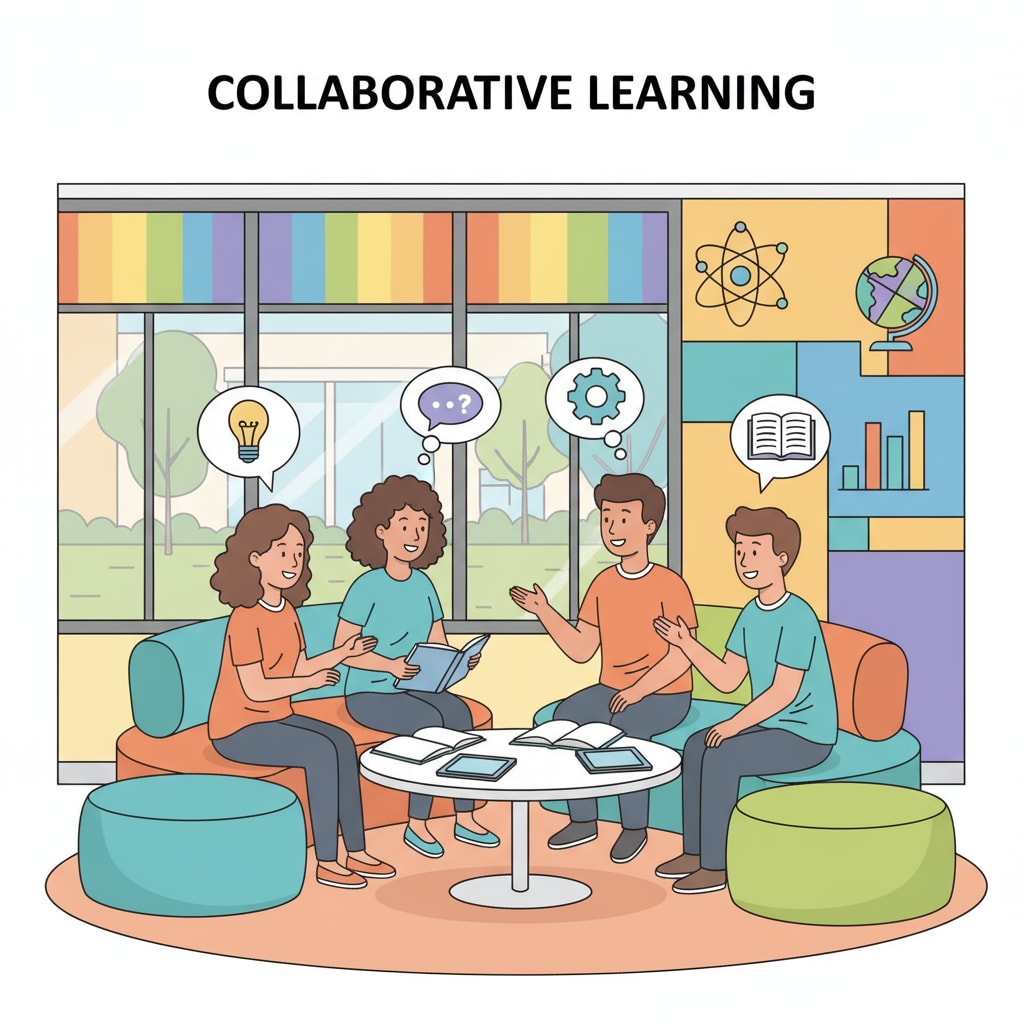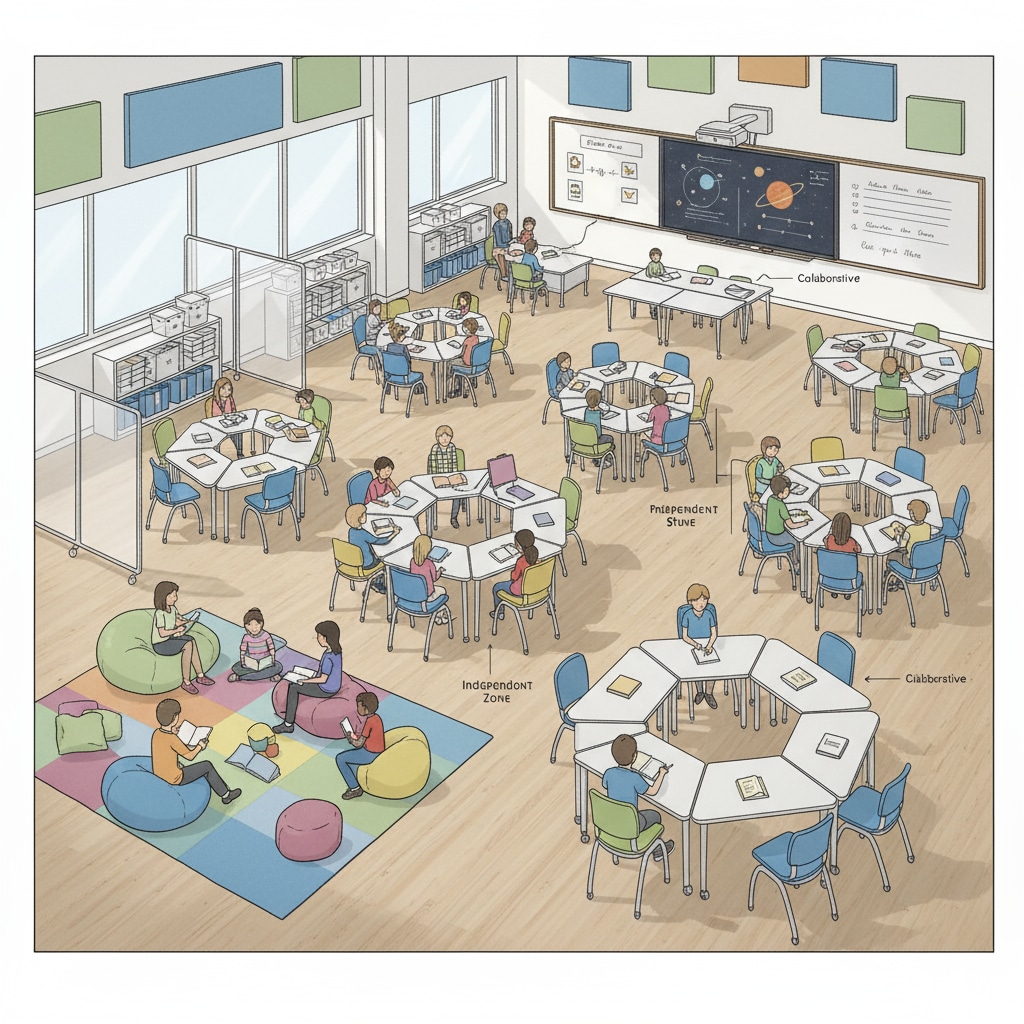Architectural design plays a pivotal role in shaping adolescent spaces within educational environments. In the pursuit of creating optimal learning settings for K – 12 students, understanding the unique needs of teenagers through community research is of utmost importance.

This exploration not only helps in reimagining the physical layout but also in fostering an atmosphere that nurtures growth and learning.
The Impact of Architectural Design on Educational Environments
The physical structure of educational institutions has a profound impact on students’ learning experiences. For example, well – lit classrooms with proper ventilation can enhance concentration. According to The National Education Association, the design of a learning space can influence student engagement, motivation, and even academic performance. Spaces that are flexible, allowing for different teaching methods such as group work or individual study, are highly beneficial. In addition, the color scheme, furniture arrangement, and acoustics all contribute to the overall educational environment.

Understanding Adolescent Needs through Community Research
Community research is the key to uncovering what teenagers truly need in their educational spaces. Surveys, interviews, and focus groups with students, teachers, and parents can provide valuable insights. For instance, many adolescents today value spaces that support their mental well – being. They need quiet areas for reflection and relaxation, especially in the post – pandemic era when stress levels have been high. As stated by The Centers for Disease Control and Prevention, the mental health of teenagers is a growing concern, and educational spaces should be designed to address this. Moreover, they desire spaces that integrate technology seamlessly, as it has become an integral part of their learning and daily lives.
Another aspect is social interaction. Adolescents thrive in environments that encourage peer – to – peer communication. Common areas, lounges, and collaborative learning spaces can facilitate this. These spaces should be designed to be inviting and comfortable, promoting the exchange of ideas and the building of relationships.
Readability guidance: As we’ve seen, architectural design for adolescent spaces in educational environments involves understanding the impact of design on learning and uncovering the needs of teenagers. By focusing on these aspects, we can create spaces that are not only functional but also inspiring and beneficial for the growth of K – 12 students.


